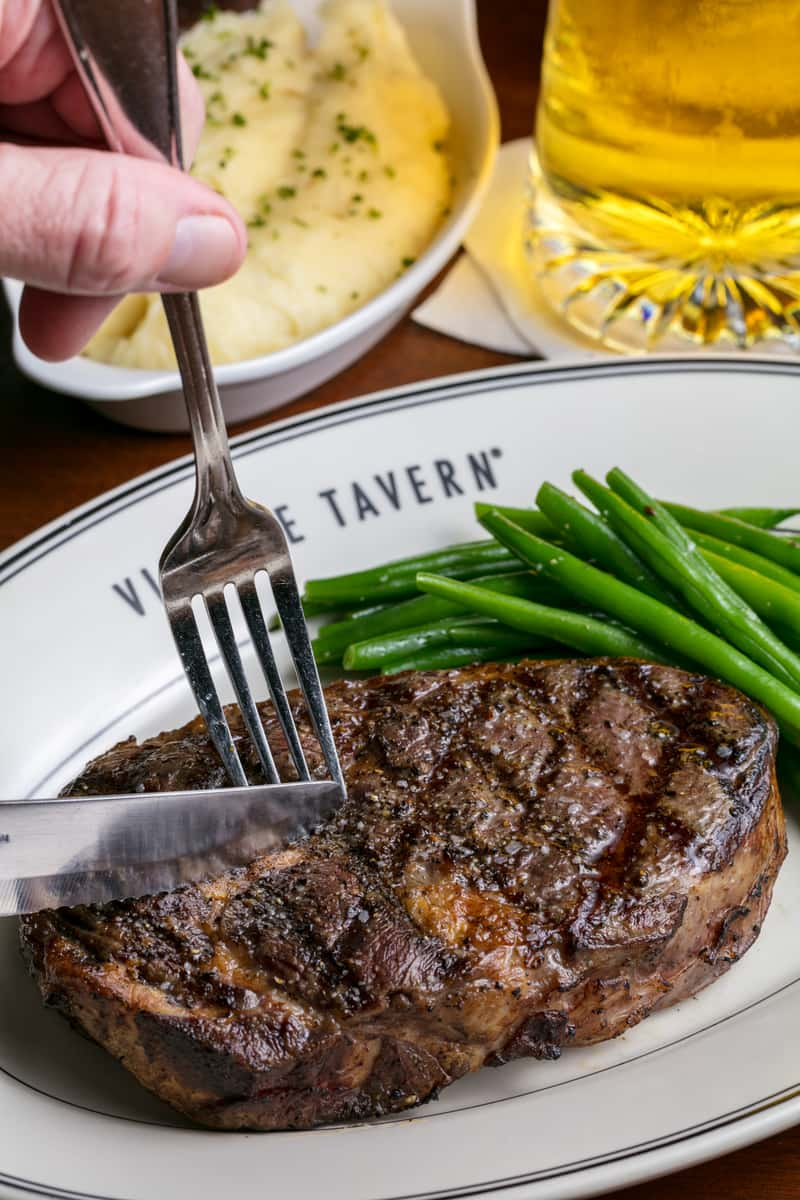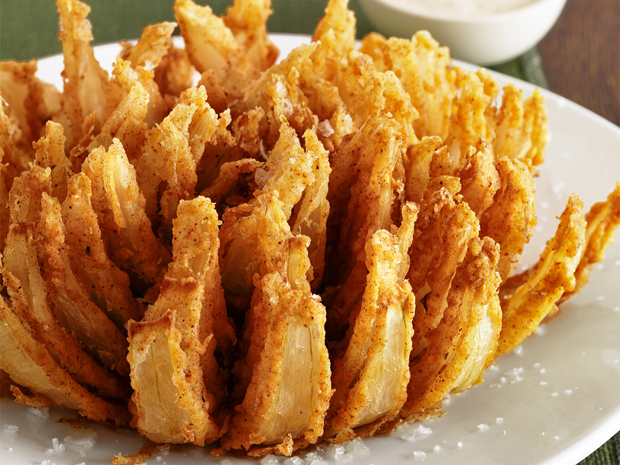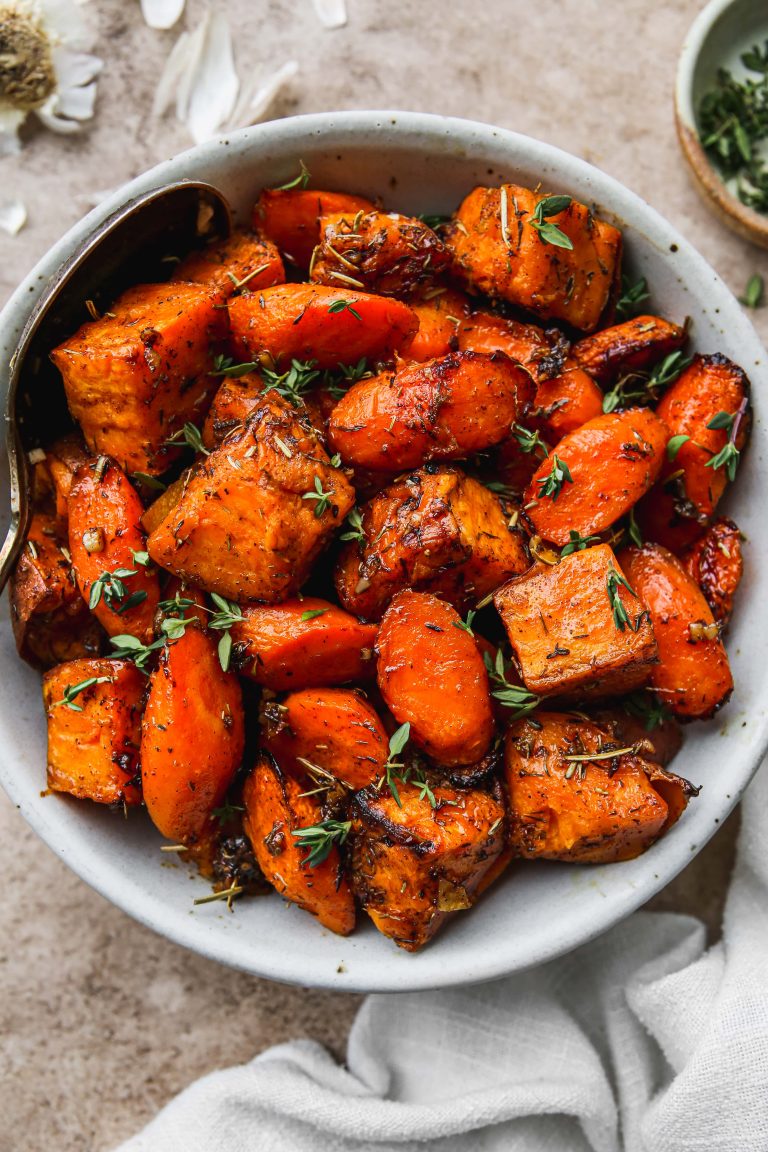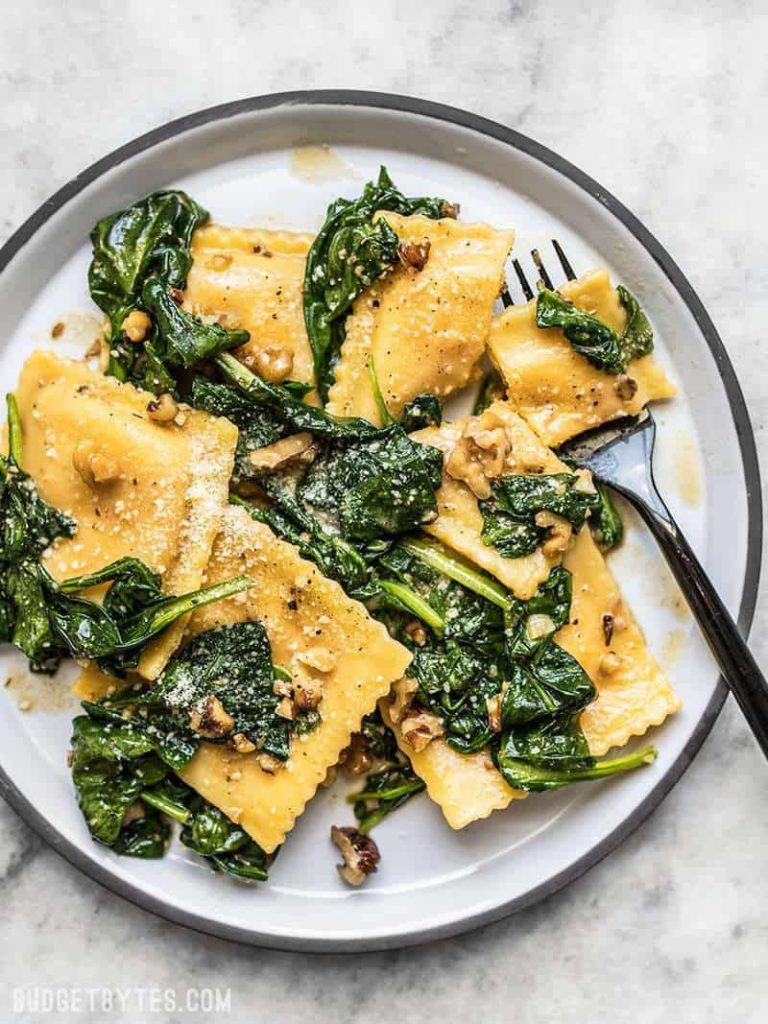Butcher’s Steak: Discover the Rich Flavor of Hanger Steak
The term “butcher’s steak” originates from butcher shops. Historically, butchers kept this specific cut, also known as hanger steak, for themselves due to its rich flavor. The alternative name, “onglet,” is commonly used in French cooking. Both terms highlight its prized status among those familiar with quality meat cuts.
Anatomy of the Hanger Steak
The hanger steak comes from the diaphragm of the steer. It’s part of the plate section, sitting between the rib and the loin. It’s a V-shaped muscle with a grainy texture. One single hanger steak exists per animal, contributing to its rarity. Its structure, with a central inedible membrane, requires specific butchery skills for proper preparation.
Culinary Uses of Hanger Steak
Best Cooking Methods for Hanger Steak
Grilling: Grilling hanger steak maximizes its rich flavor and caramelizes the meat. Use high heat for a quick sear and aim for medium-rare to medium doneness. Let the steak rest before slicing against the grain.
Pan-Searing: Pan-searing in a cast-iron skillet provides a delicious crust. Heat oil or butter until sizzling, then add the hanger steak. Sear each side for a few minutes. Finish by transferring the skillet to a preheated oven if needed.
Broiling: Broiling hanger steak under high heat produces a charred exterior and juicy interior. Place the steak on a broiler pan close to the heat source, usually 4-5 inches away. Broil for a few minutes per side.
Sous Vide: The sous vide method ensures precise temperature control. Seal the hanger steak in a vacuum bag, then cook in a water bath at 130°F (54°C) for 1-2 hours. Finish by searing for a crispy exterior.
Popular Recipes Featuring Hanger Steak
Steak Frites: Hanger steak shines in this classic French dish. Serve the grilled or pan-seared steak with crispy fries and a side of béarnaise sauce.
Hanger Steak Tacos: Marinate the steak in lime juice, garlic, and cumin. Grill, slice thinly, and serve on warm tortillas with avocado and pico de gallo.
Steak Salad: Combine slices of grilled hanger steak with mixed greens, cherry tomatoes, blue cheese crumbles, and balsamic vinaigrette for a hearty salad.
Stir-Fried Hanger Steak: Slice the steak thinly against the grain. Stir-fry with garlic, bell peppers, and soy sauce. Serve with steamed rice.
Steak Sandwiches: Grill or pan-sear hanger steak, then slice and serve on crusty bread with arugula, caramelized onions, and horseradish mayo.
These cooking methods and recipes enhance hanger steak’s unique flavor, making it a versatile choice for various culinary creations.
Nutritional Value of Hanger Steak
Health Benefits
Hanger steak offers significant nutritional benefits. A 3-ounce serving contains approximately 180-220 calories, with 23 grams of protein, providing essential amino acids. It includes vitamins B12 and B6 which support red blood cell formation and energy metabolism. Hanger steak also contains important minerals like iron and zinc, crucial for oxygen transport and immune function. Its moderate fat content, mainly unsaturated fats, supports heart health when consumed in moderation.
Comparison to Other Cuts
Hanger steak compares favorably to other beef cuts in both flavor and nutrition. Compared to ribeye, hanger steak has fewer calories and less fat, offering a leaner option while still delivering rich taste. Unlike filet mignon, known for tenderness but mild flavor, hanger steak provides a more robust beefiness. When compared to sirloin, hanger steak offers a unique texture and deeper flavor profile, making it a standout choice for various dishes.
Buying and Storing Hanger Steak
Choosing the Right Cut
Select hanger steaks with a deep red color and fine grain. Look for well-marbled pieces to ensure tenderness and flavor. The hanger steak should weigh around 1 to 1.5 pounds, enough to serve three to four people. Be wary of steaks with excessive fat or gristle, as these can affect the cooking process and final taste.
Ensure there are no unpleasant odors. Fresh hanger steak should have a clean, slightly sweet smell. Avoid those with sour or off-putting aromas, indicating spoilage.
Source your hanger steak from reputable butchers or high-quality meat markets. These suppliers often adhere to stringent quality control, providing better meat cuts. Consider grass-fed or organic options if available for a leaner and potentially more flavorful steak.
Tips for Storage
Store fresh hanger steak in the coldest part of your refrigerator, ideally at temperatures between 32°F and 36°F. Use the meat within three to five days to preserve freshness. Keep the steak in its original packaging or rewrap it tightly in plastic wrap and place it in a sealed plastic bag to minimize exposure to air.
For longer storage, freeze the hanger steak. Wrap it in heavy-duty aluminum foil, plastic wrap, or vacuum-sealed bags to prevent freezer burn. Label the package with the date of freezing and use within six months for optimal quality.
When thawing, use the refrigerator method, allowing 24 hours for every 5 pounds of meat. Avoid thawing at room temperature to prevent bacterial growth. Once thawed, cook within one to two days.
Conclusion
Hanger steak, often dubbed the “butcher’s steak,” offers an unmatched combination of rich flavor and tender texture. Its unique V-shaped structure and location in the diaphragm make it a prized cut among meat enthusiasts. Whether you prefer grilling, pan-searing, or sous vide, hanger steak’s versatility shines in various recipes.
When buying hanger steak, focus on selecting fresh cuts from reputable suppliers to ensure the best quality. Proper storage is key to maintaining its flavor and nutritional benefits. Embrace the culinary potential of hanger steak and elevate your meals with this exceptional cut.






